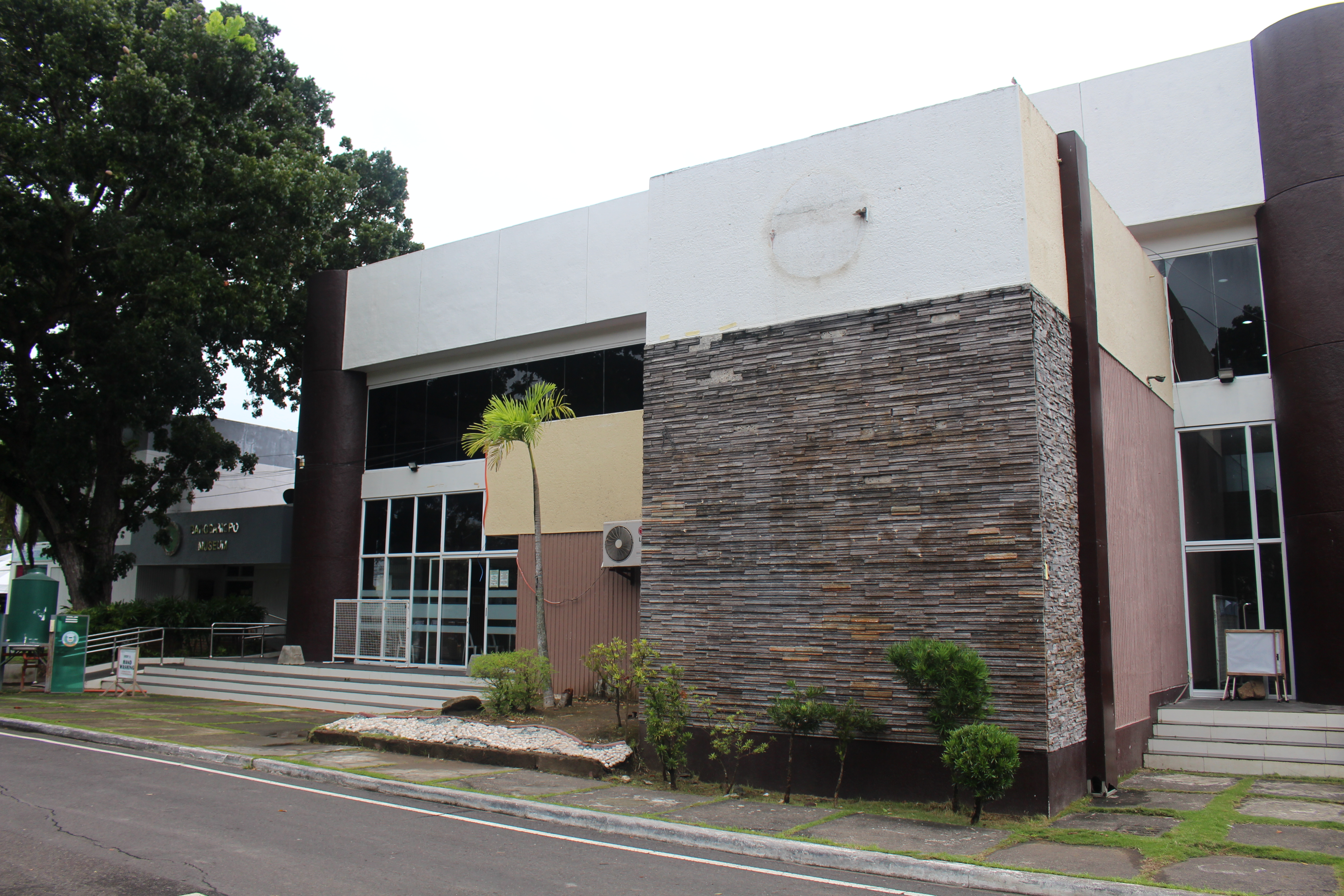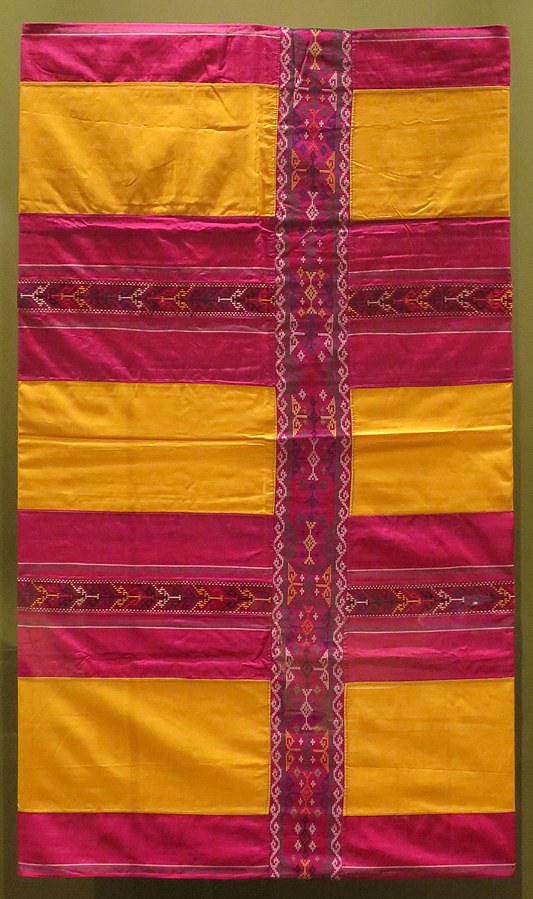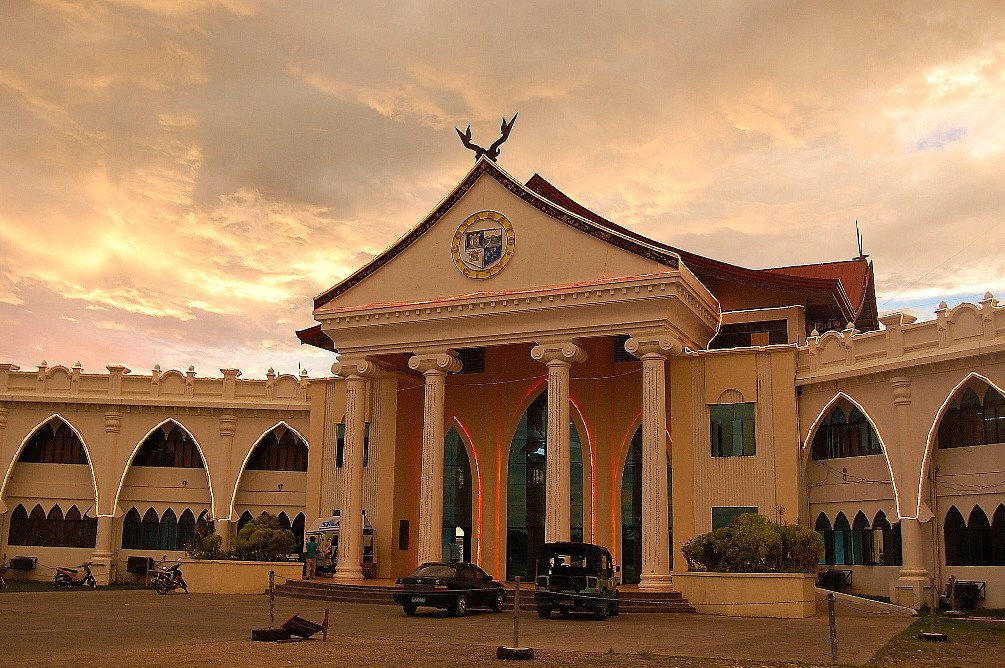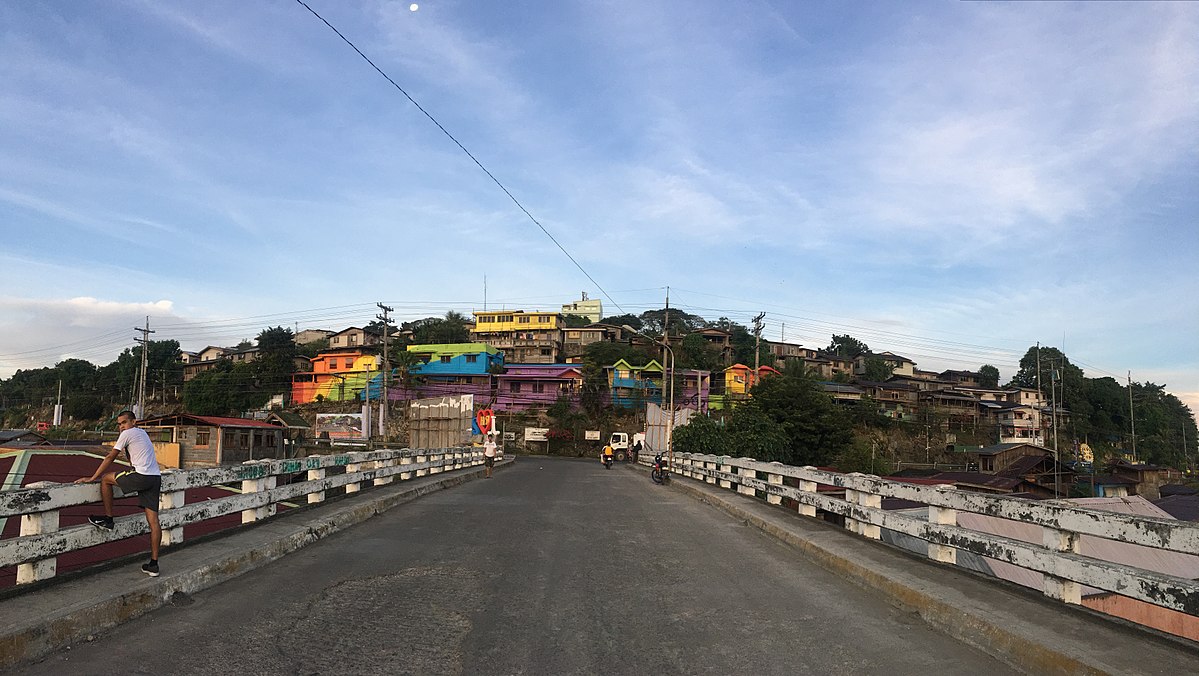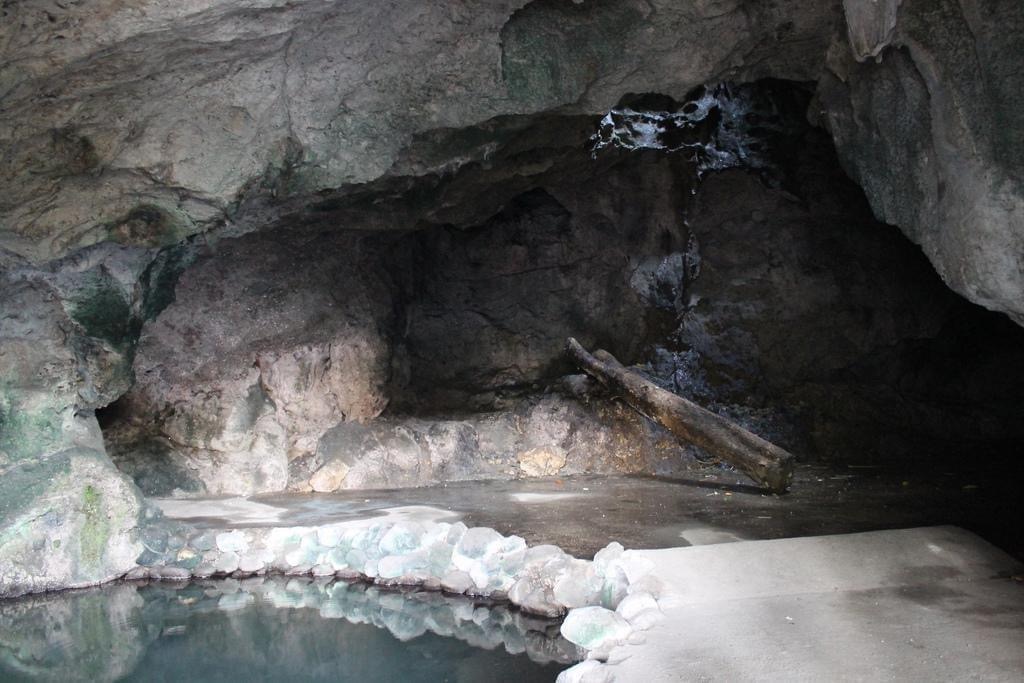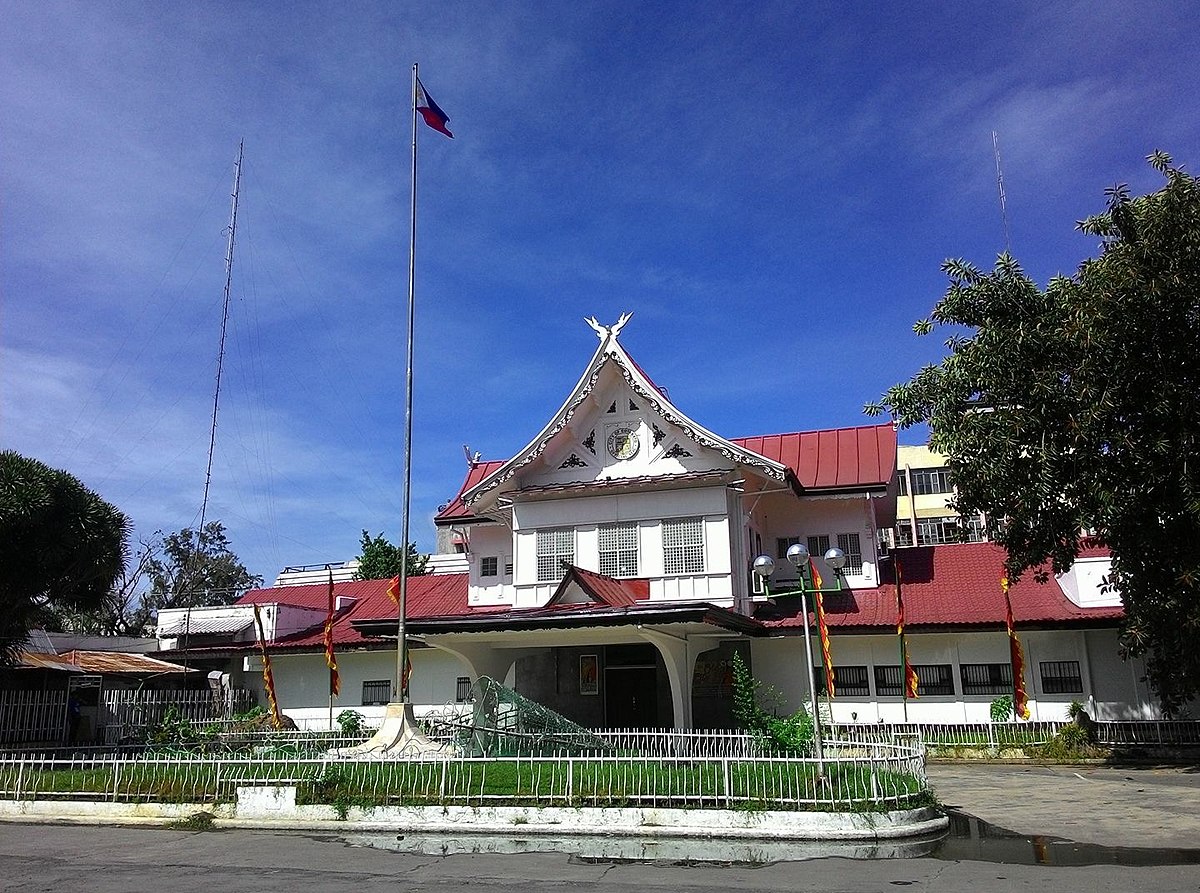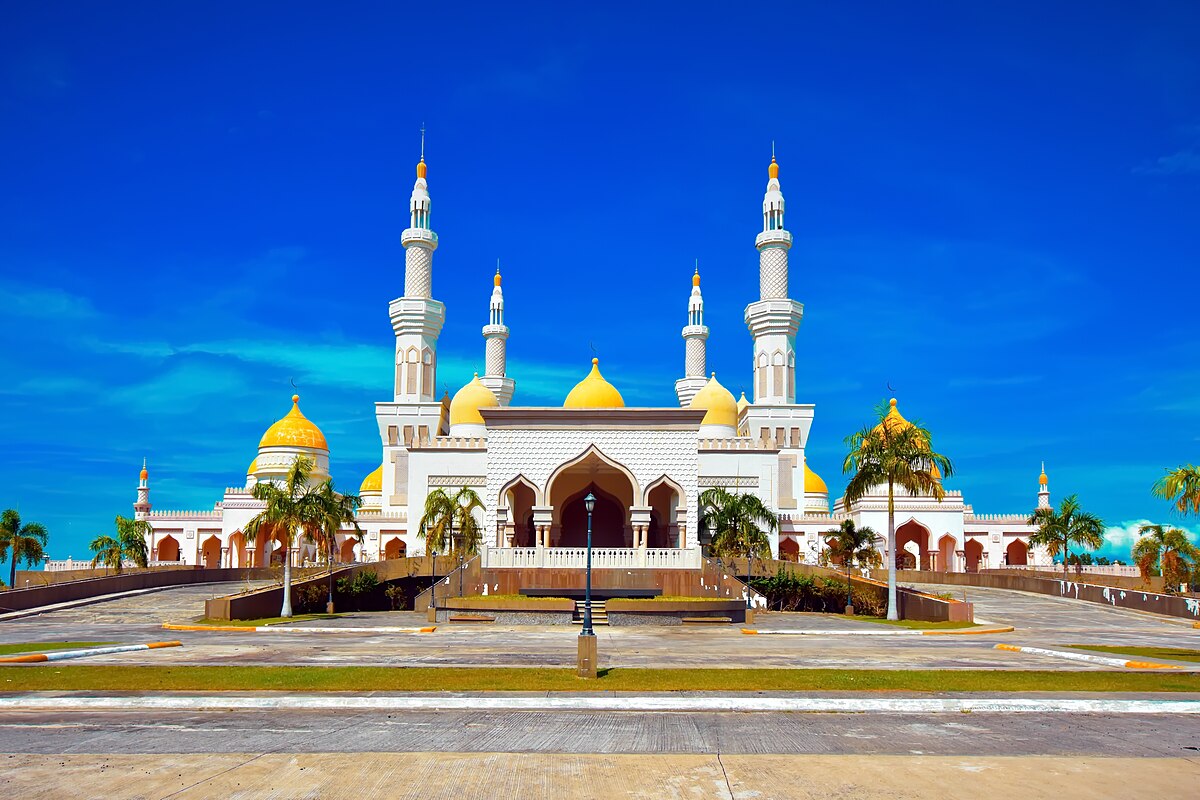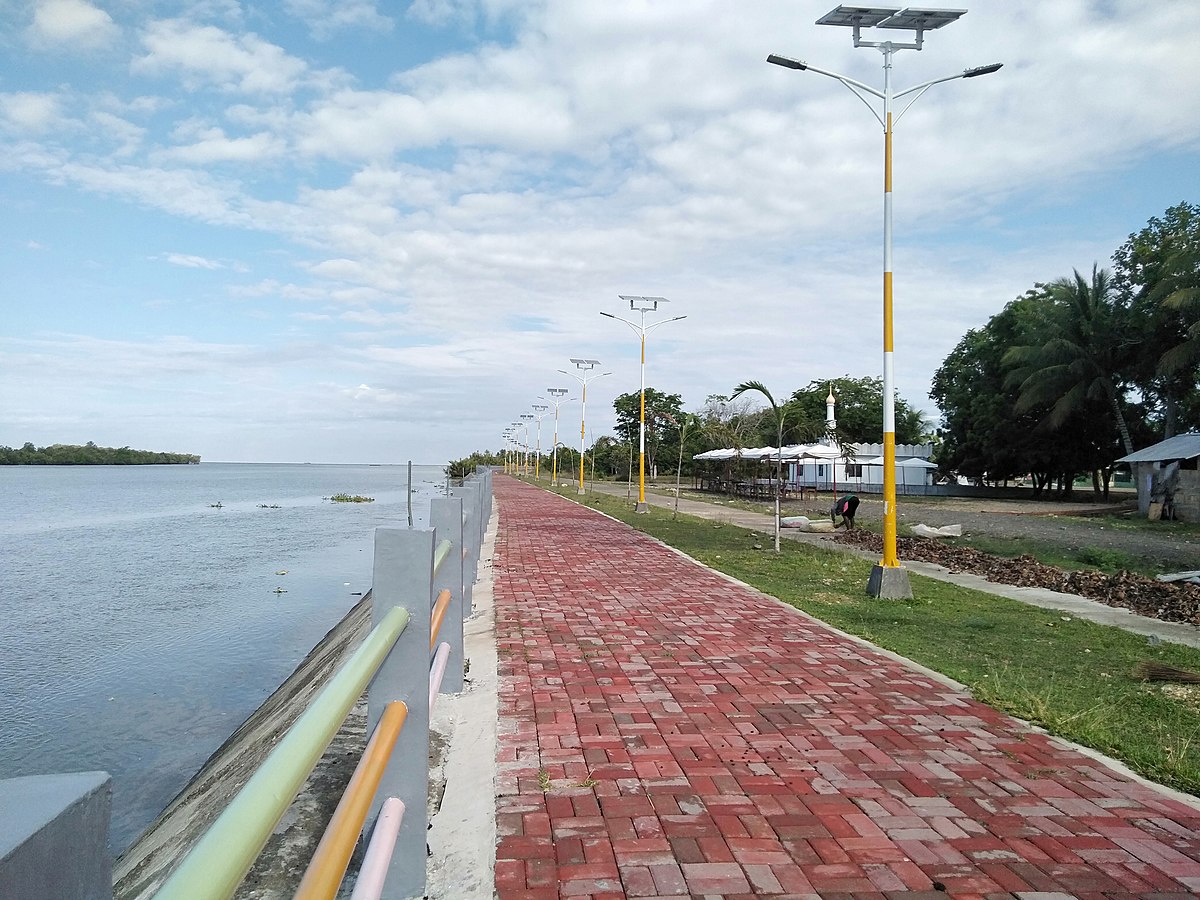Welcome to Cotabato City in the Bangsamoro Autonomous Region in Muslim Mindanao, and welcome to
Anthro
on Foot's walking tour! This is a self-paced walking tour that features key heritage sites and
cultural highlights in
the area. We hope you enjoy this tour as much as we enjoyed curating it!
In a Manobo creation myth, life on Earth originated in the lush flood plain situated between the
Kulaman and Pulangi Rivers. According to the myth, this area, known as pinamua or the "land of the
beginning," received soil pilfered from another world, marking it as the birthplace of existence.
The term "Cotabato" derives from the Maguindanao words "Kuta Wato," signifying "Stone Fort." This
name reflects the enduring legacy of bravery and resilience embedded in the history of the Pulangi
River basin.
Cotabato City is home to diverse indigenous communities, including the Maguindanao, which comprises
the majority group, Maranao, Manobo, Iranun, Bagobo, Teduray or Tiruray, B’laan, Subanen, Magahat,
and other Muslim groups. These communities have their own distinct cultures, languages, and social
structures.
By 1515, following the successful Islamic colonization in Sulu, Muslim traders ventured to
Maguindanao, leading to the conversion of many locals to Islam. Those who resisted the arrival of
Muslims sought refuge in higher ground or the island's interior, eventually becoming the Teduray and
other lumad groups. Concurrently, in the same year, the formal establishment of the Sultanate of
Maguindanao took place, with Tubok serving as its initial capital.
The arrival of the Spaniards in the region between the 18th to 19th centuries marked a significant
turning point in the region's history. The Spanish colonization efforts aimed at Christianization
and control of indigenous territories, leading to changes in land use, governance, and societal
structures.
The Spanish Empire, having triumphed over the Sulu Sultanate in 1851, compelled the signing of an
unfavorable peace treaty. This victory granted Spanish access to the Moro Gulf and Illana Bay,
setting the stage for the eventual conquest of the Maguindanao Sultanate.
In 1861, Spain established a garrison in Maguindanao, founding Kuta Watu, later renamed Cotabato,
as its new capital.


